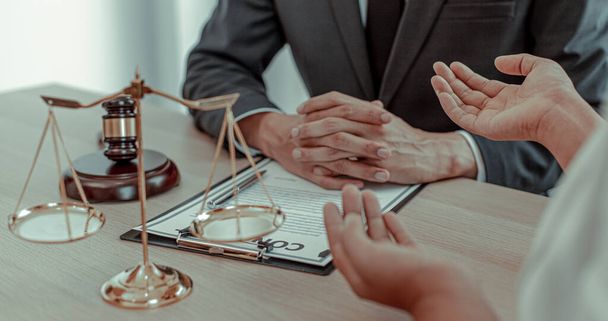In personal injury claims, evidence plays a crucial role in determining liability, assessing damages, and ultimately securing compensation for injured parties. From medical records to witness statements, the strength and reliability of the evidence presented can significantly impact the outcome of a personal injury case. In this blog post, we’ll explore the importance of evidence in personal injury claims and discuss the types of evidence that can help support a successful claim.
- Medical Records: Medical records serve as one of the most critical pieces of evidence in personal injury claims. They document the extent and severity of the injuries sustained by the injured party, as well as the medical treatment received and the prognosis for recovery. Medical records may include hospital records, doctor’s notes, diagnostic test results, and treatment plans. These records provide objective evidence of the injuries and the medical care required, helping to establish the link between the accident and the resulting harm.
- Witness Statements: Witness statements can provide valuable firsthand accounts of the events leading up to the accident and the circumstances surrounding it. Eyewitnesses, bystanders, and individuals present at the scene of the accident may be able to provide crucial details and perspectives that corroborate the injured party’s version of events. Witness statements can help establish the cause of the accident, identify any negligent actions or behaviors, and strengthen the injured party’s claim for compensation.
- Photographs and Videos: Photographs and videos taken at the scene of the accident can serve as powerful visual evidence in personal injury claims. They can capture the conditions of the accident site, the extent of property damage, visible injuries sustained by the injured party, and any contributing factors such as hazardous conditions or defective products. Photographs and videos provide tangible evidence that can help illustrate the severity of the accident and support the injured party’s claim for damages.
- Expert Opinions: In some personal injury cases, expert opinions may be necessary to establish liability or assess the extent of damages. Experts such as accident reconstructionists, medical professionals, engineers, and economists can provide valuable insights and analysis based on their specialized knowledge and expertise. Their opinions and testimony can help clarify complex issues, provide scientific evidence, and support the injured party’s case in court.
- Documentation of Damages: Documentation of damages is essential for calculating the financial losses incurred by the injured party as a result of the accident. This may include medical bills, receipts for out-of-pocket expenses, pay stubs documenting lost wages, and estimates for future medical care and rehabilitation. Comprehensive documentation of damages helps ensure that the injured party receives fair compensation for both economic and non-economic losses.
Conclusion: In personal injury claims, evidence is the foundation upon which cases are built and outcomes are determined. By gathering and presenting compelling evidence, injured parties can strengthen their claims, establish liability, and secure the compensation they deserve for their injuries and losses. With the guidance of experienced personal injury attorneys like Jennifer Lee Watson, individuals can navigate through the complexities of evidence collection and presentation, ensuring that their rights are protected and their interests are advocated for effectively.

